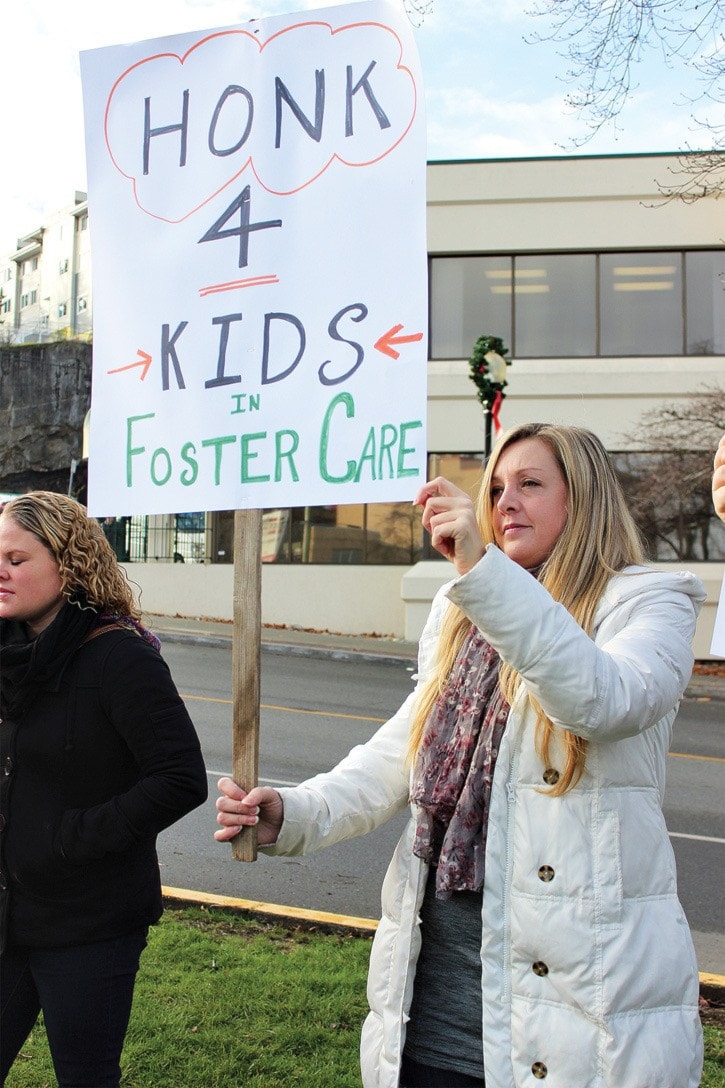Alarm bells are once again being raised about the state of child poverty in Nanaimo and the province.
Two recently-released reports highlighted the poverty situation. The 2013 State of the Child report indicates that more than six per cent of children under the age of 15 in Nanaimo-Ladysmith in 2011 lived in a family that received income assistance.
Part of the problem, according to Nanaimo social workers, could be due to the fact that child welfare cases aren’t getting the proper attention with heavy caseloads. Some child protection and child and youth mental health cases are not being covered and there are long wait-lists for mental health services for youth, they said.
“Locally every office does the best that they can to try and do this work and we also have a lot of children and families that are struggling and they need services and there aren’t services available,” said Mitchell Mills, a government social worker.
Mills pointed to the fact that the provincial government invested heavily in the Integrated Case Management computer system, which has since proved problematic, and said the money could have been better spent on services for children and families.
“When we’re working with our families and there are no services for them, or there are wait-lists of months and months at a time; families need help now and we’re just not able to do that in most cases right away,” he said.
The 2013 Child Poverty Report Card, released by First Call, stated B.C. had the highest child poverty rate in Canada - 18.6 per cent based on the latest Statistics Canada numbers.
Dr. Paul Hasselback, medical health officer with the Vancouver Island Health Authority, who assisted with the State of the Child report, said remedying child poverty starts with recognition of the problem and having discussions on how to address the situation.
“None of us have magic bullets that are going to make [child poverty] go away but we certainly, as a community, can respond and we’ve seen wonderful successes in other provinces that have put in poverty reduction initiatives – Newfoundland, Ontario, Quebec just as examples,” Hasselback said.
“B.C. has not done that at this point in time. We can do it at a local level and I’m sure we’ll be successful as well,” he said.
